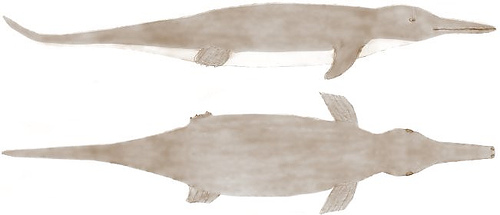“De massa and missus was good to me but sometime I was so bad they had to whip me. I ‘members she used to whip me every time she tell me to do something and I take too long to move ‘long and do it. One time my missus went off on a visit and left me at home. When she come back, Sally told her that I put on a pair of Bubber’s pants and scrub de floor wid them on. Missus told me it was a sin for me to put on a man’s pants, and she whip me pretty bad. She say it’s in de Bible dat: ‘A man shall not put on a woman’s clothes, nor a woman put on a man’s clothes’. I ain’t never see that in de Bible though, but from then ’til now, I ain’t put on no more pants.”
— Victoria Adams, ex-slave, 90 years old, quoted in Slave Narratives: A Folk History of Slavery in the United States From Interviews With Former Slaves, 1941




